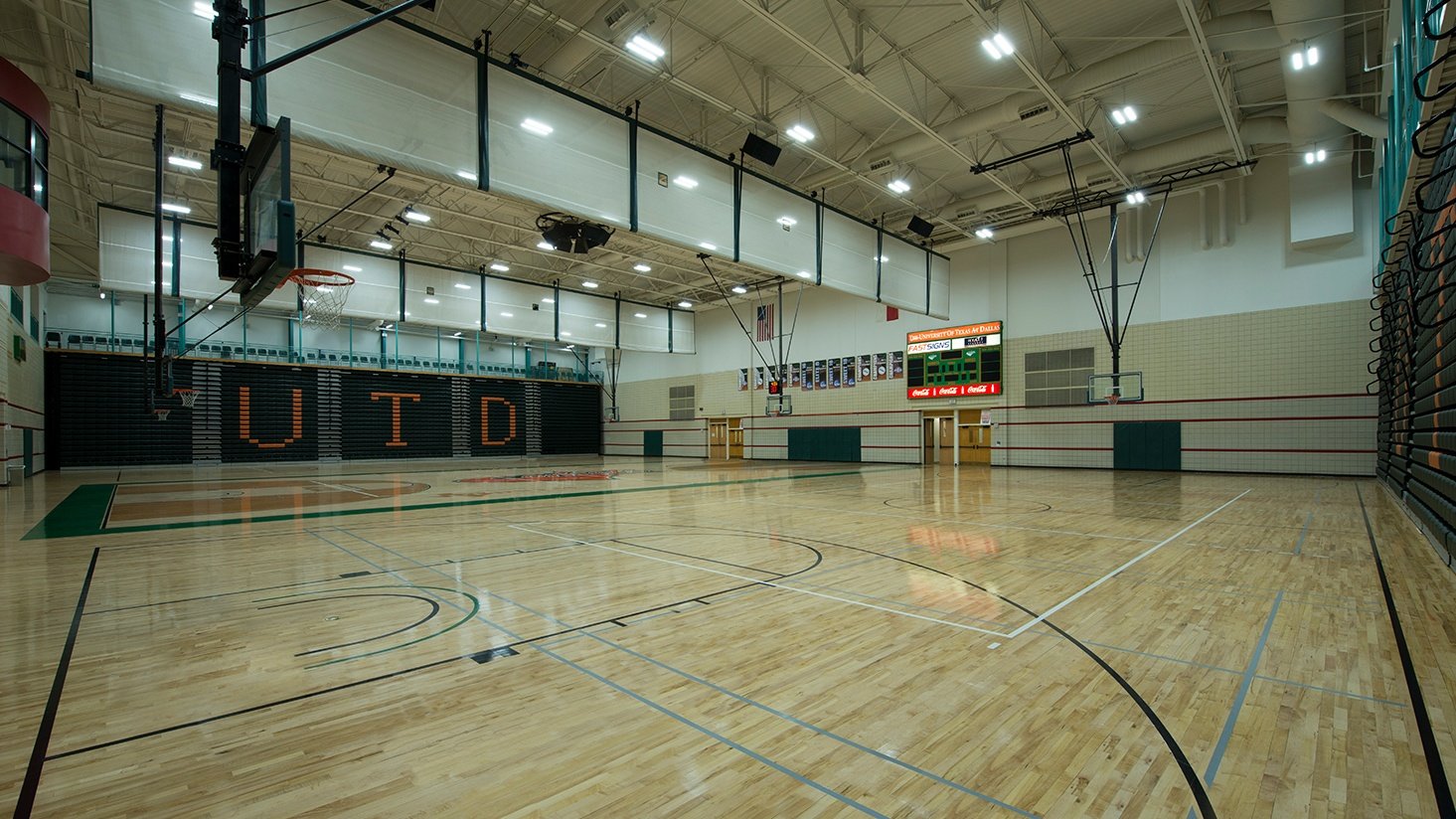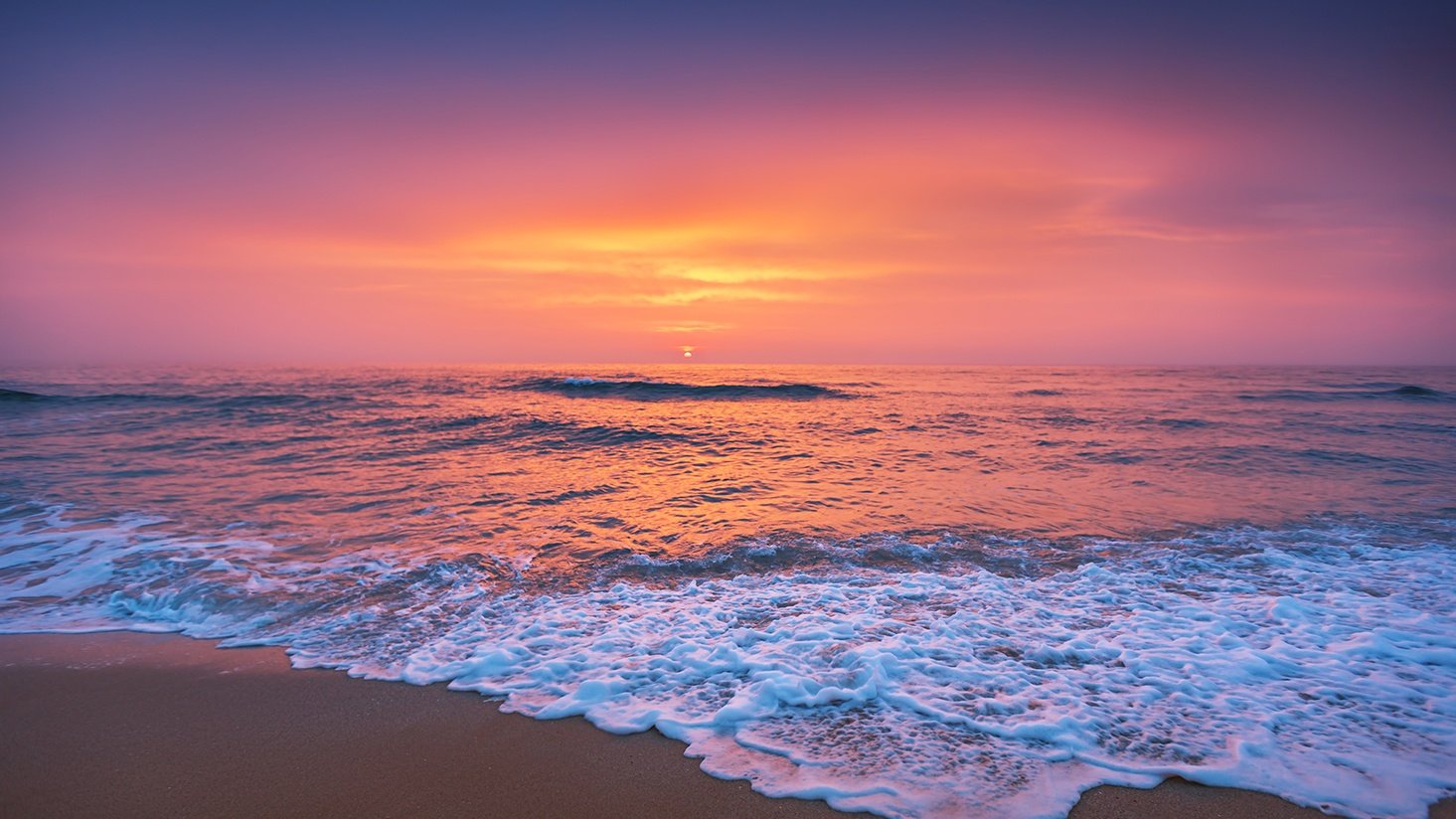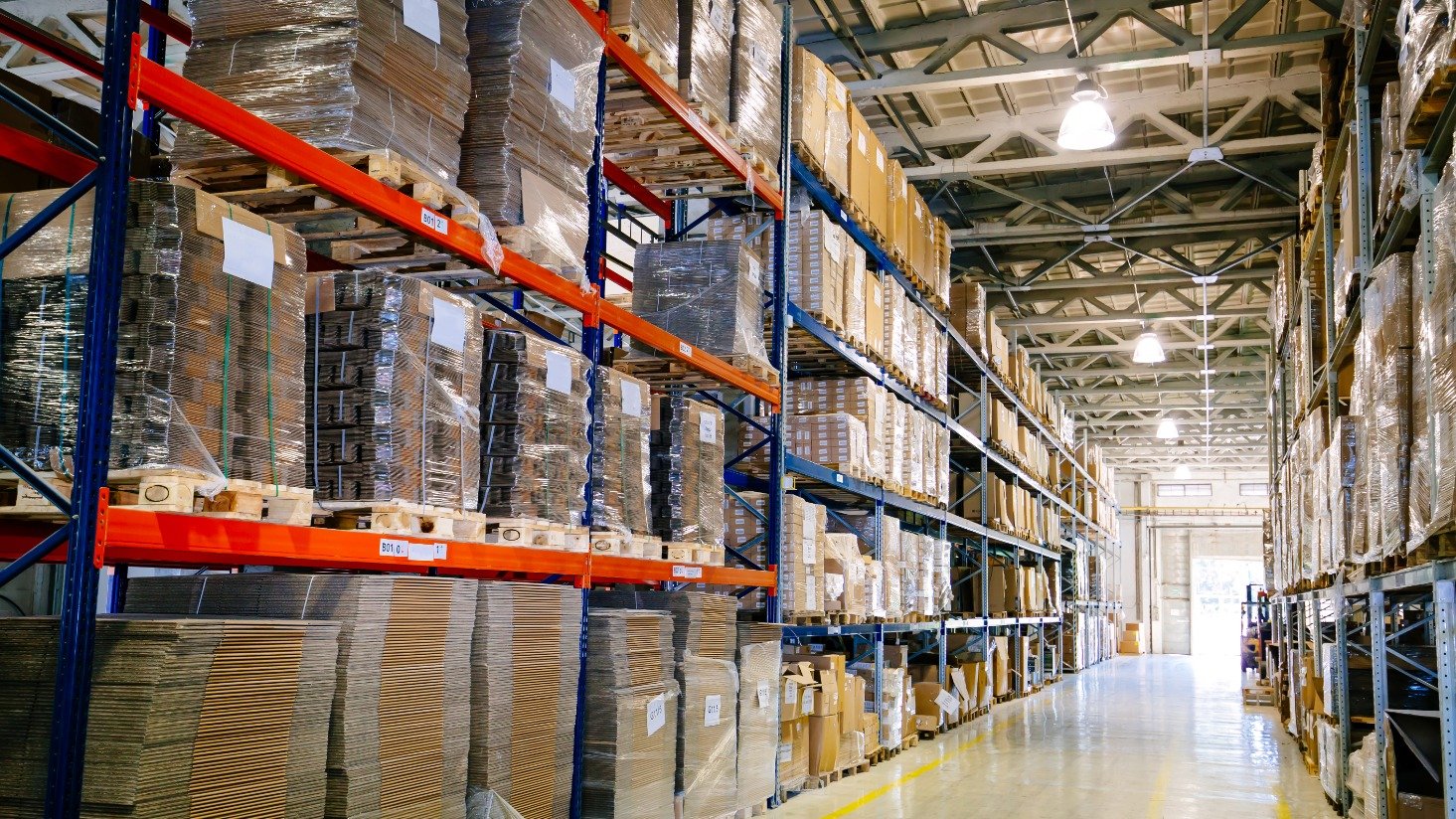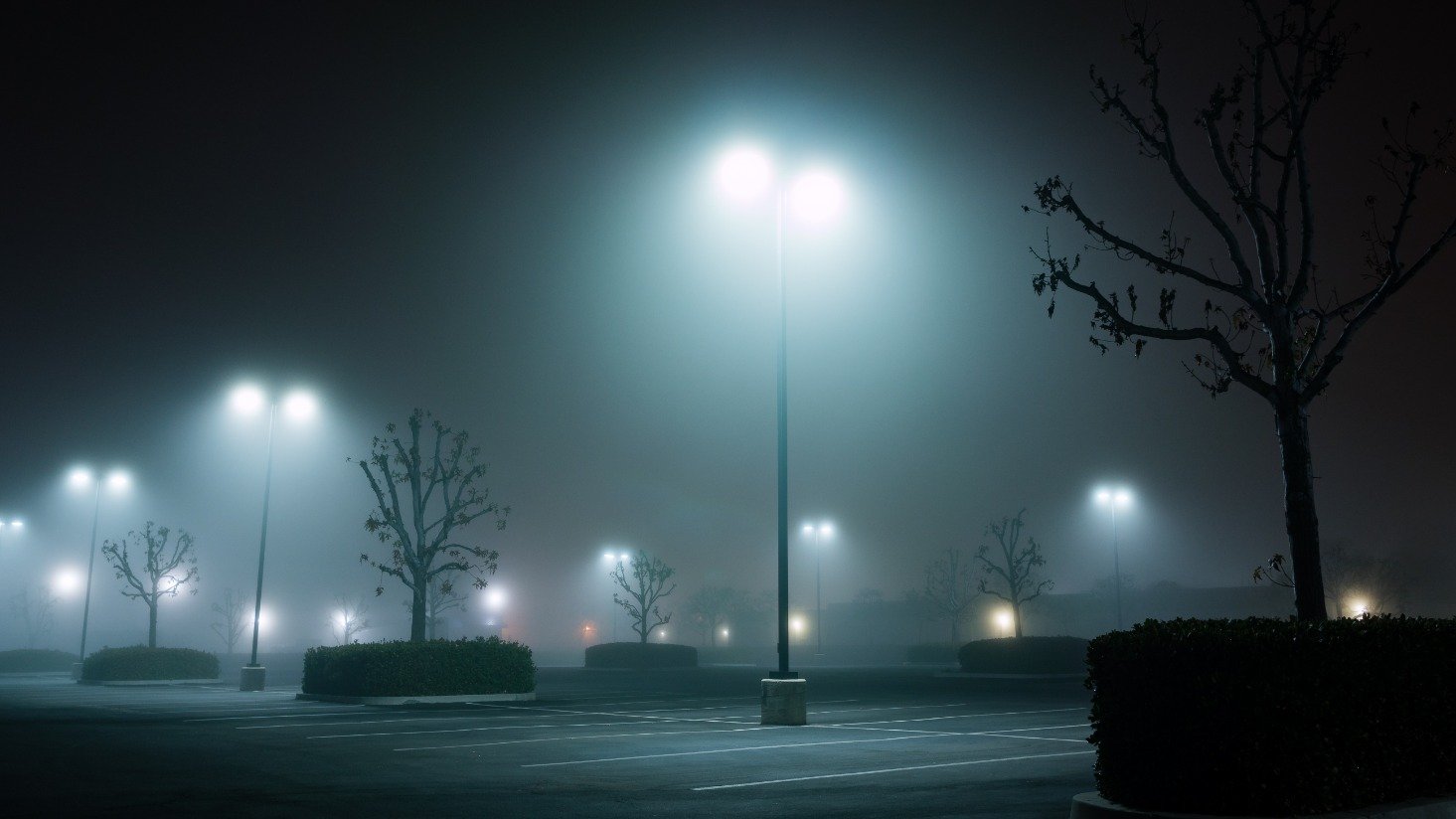What is the best IP rating for outdoor lighting?
This is an interesting topic related to choosing outdoor light fixtures. We can incorporate a general explaination of IP rating in this, but let me know if you think that should also be it's own post.
Outdoor lighting is critical for safety, so it's crucial to make sure your outdoor lighting fixtures stand up to the elements. The last thing you need is a storm damaging your outdoor lights, or dirt and dust piling up inside.
Outdoor lights are given a number — called an IP rating — that measures how well they stand up to the elements. While lighting products are often filled with numbers (don't get us started on lighting jargon), you want to pay attention to the IP rating to purchase fixtures that will last in an outdoor setting.
The IP rating indicates whether fixtures are waterproof and weatherproof. In this article, we explain why a high IP rating is a great indicator of how well lights stand up to outdoor environments.
What is IP rating?
First, let's discuss what an IP rating is. IP stands for Ingress Protection. Without all of the jargon, IP rating determines how well outdoor fixtures hold up against moisture, dirt, and any objects that may hit them. The higher the number, the more protection the fixture offers.
The IP rating number consists of two digits. The first digit of the rating represents how well the fixture keeps out solid objects (dust, dirt) and the second digit of the rating corresponds with protection against moisture (water).
As a standard rule, you should look for products with an IP rating of IP45 or higher when you're purchasing outdoor lights. IP65 provides the highest level of protection against outside elements.
IP rating: What does the first digit mean?
The first digit in the IP rating rates the protection level against solid objects, like dirt, dust, and other particulates. This is a concern because if some of these particles come into contact with electrical conductors, it could cause damage.
The first digit is a number between 0 and 6. If the first digit is 0, there is no protection against solid objects. But if the first digit is 6, there is full protection against solid objects.
IP rating: What does the second digit mean?
The second digit in the IP rating determines how well the fixture protects against moisture. Equipment inside of the light should stay dry after exposure to different exposures to moisture like drips, sprays, and submersions. Obviously, outdoor fixtures should stand up to rain and downpours. But they should also stand up to any moisture from cleaning.
The second digit varies between 0 and 9. 0 offers no protection against moisture. 9 offers full protection against moisture and more — high-temperature jet sprays, wash-downs, and steam cleaning.
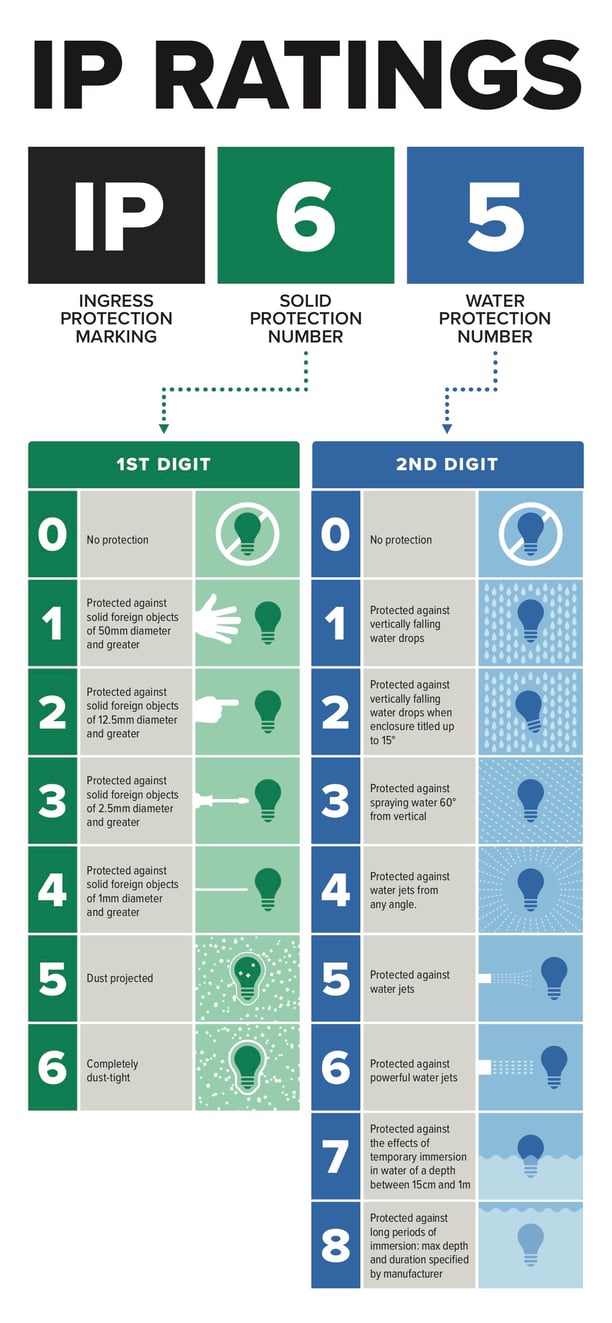
The best IP rating for outdoor lighting
If you want an outdoor fixture that stands up to heavy rain and snow, the best IP rating is IP65. A fixture with IP65 is considered water resistant and weatherproof.
Is IP65 or IP44 better?
We're often asked if an IP rating of IP65 or IP44 is better. In general, a higher IP rating offers better protection, so an IP65 rating would be better than IP44. A fixture with IP65 will protect against dust, moisture, and water.
Upgrading outdoor lighting
When you're ready to upgrade outdoor lighting and find the best IP rating for your facility, schedule a free consultation with one of our lighting experts.
We've helped commercial properties source the best lighting for the last 40 years, and have developed relationships with reputable manufacturers. We would be happy to help you find the best outdoor lighting fixtures for your property.





